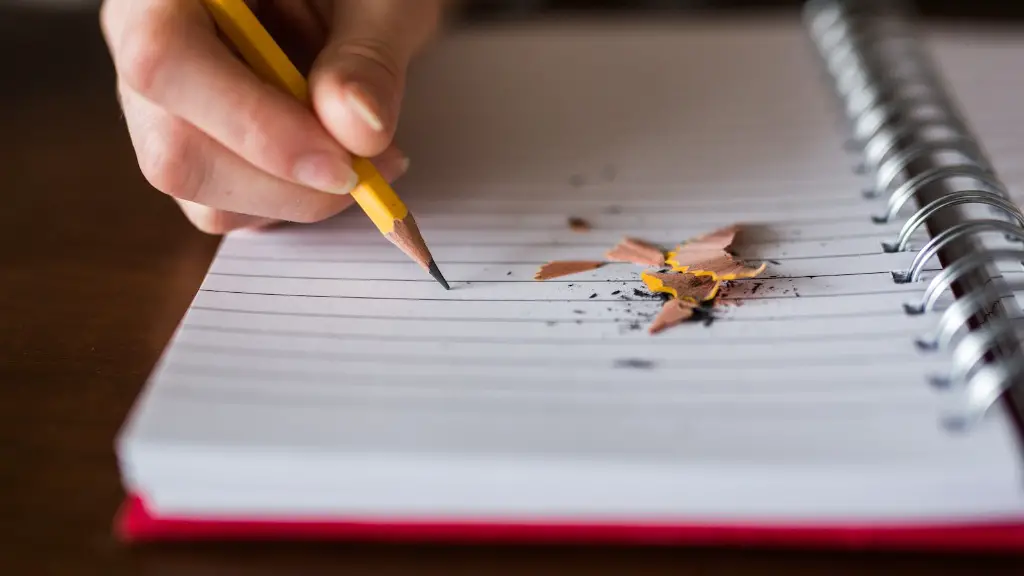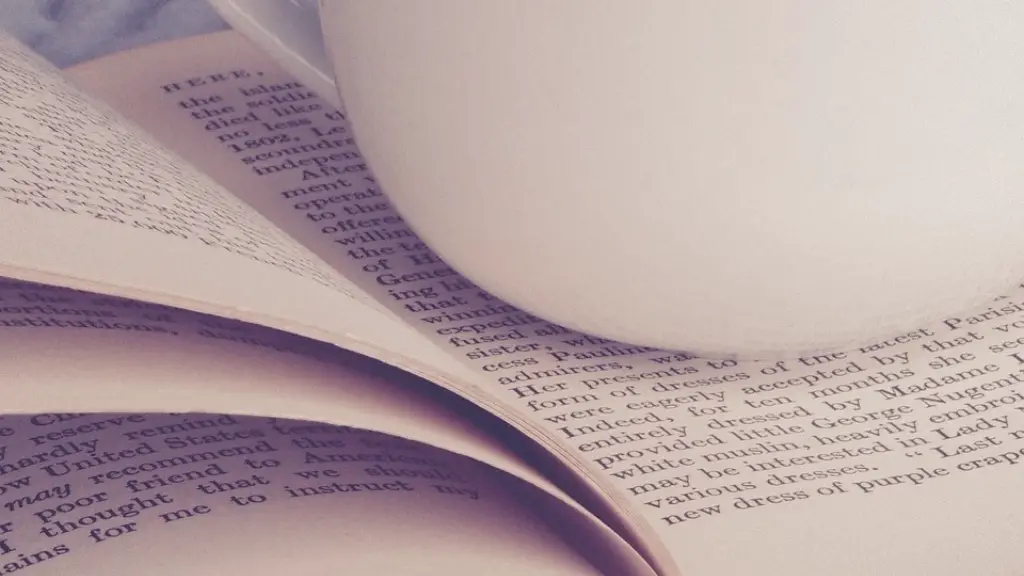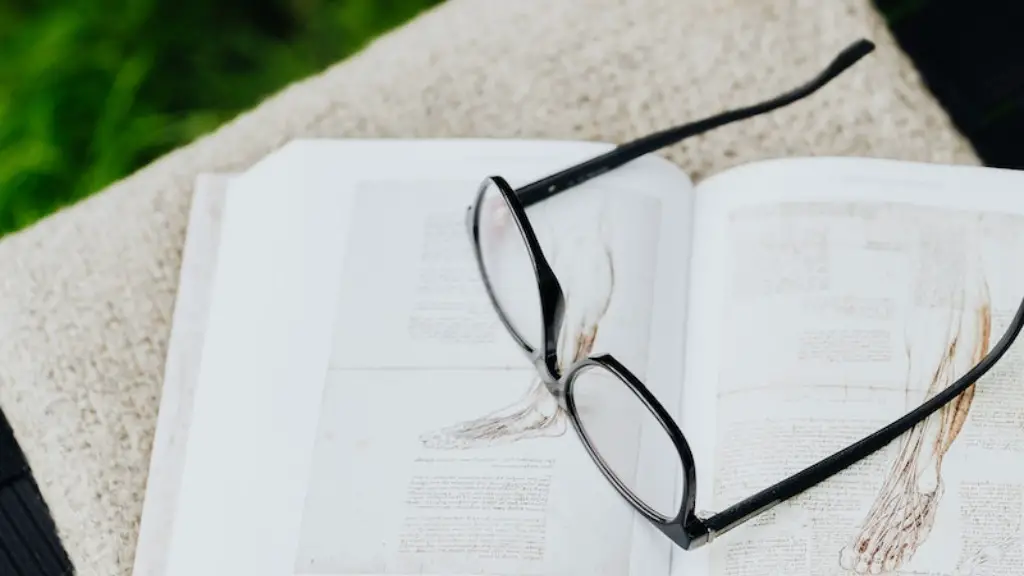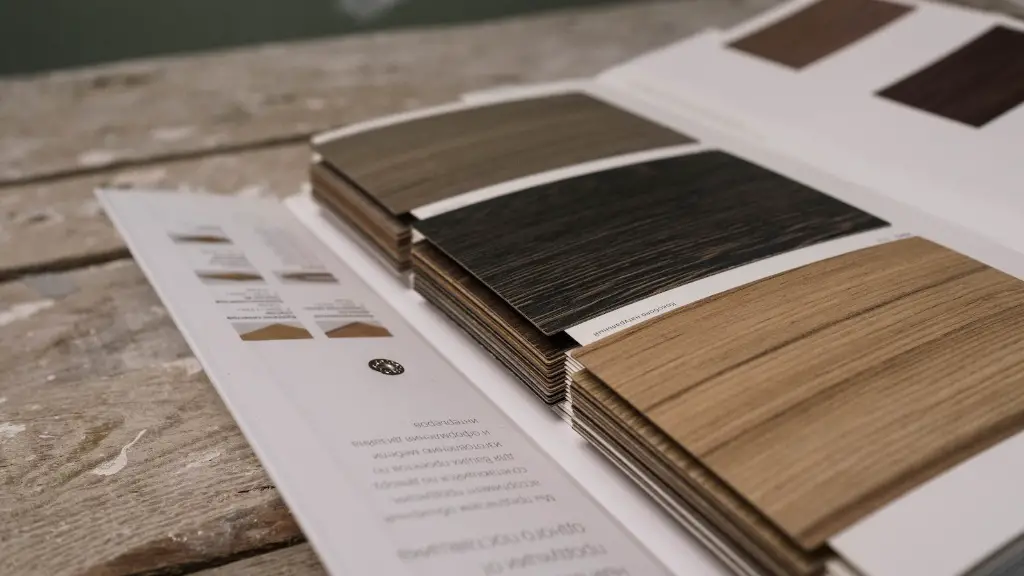Poetry has always been an important part of our society, from the ancient Greek and Roman poets to the modern-day wordsmiths and rapppers. Meter, or poetic feet, is a way to measure and rhythmically arrange words in a poem. As an important element of poetic composition, meter is used to create a sense of rhythm, to convey meaning and to evoke emotion. In this article, we will explore why meter is used in poetry.
Meter is generally understood as the pattern of stressed and unstressed syllables in a line of poetry. This pattern helps the poet create a natural rhythm and shape which is pleasing to the ear, and helps to bring emphasis to the words they are trying to convey. There are a number of different types of poetic feet and meters, including iambic pentameter, trochee, anapest and dactyl. Iambic pentameter is traditionally used for English sonnets and other lyrical forms, and is particularly popular in Shakespeare’s works. As an example of iambic pentameter, the phrase “Shall I compare thee to a summer’s day”. contains five feet of an iamb, or two syllables with the stress falling on the second. This creates a consistent rhythm which enhances the poem and lends itself to poetic interpretation.
The use of meter also adds a sense of structure to a poem. It helps the poet to keep their ideas organized, and it can be used to emphasize certain words or phrases. For example, a poet might place an extra stress on a particular word in order to bring attention to it. This can help a poem become more effective and powerful as it brings an emotional impact to the reader. A poet can also use meter to tell a story in an effective way, as it helps them to convey the meaning of their words in a rhythmic and organized manner. By using meter, a poet can ensure that their poem is heard and understood more clearly.
As well as giving structure and rhythm to a poem, meter can also provide a sense of unity to a work. Meter is like the ‘backbone’ of a poem, and helps to tie all the lines and ideas together. The use of meter can also add a certain rhythm to a poem, making it sound more poetic and enjoyable to read. Furthermore, meter can be used to create a sense of anticipation as the reader waits for the cadence of the next line. This can help to draw the reader in and keep them engaged with the poem.
In conclusion, meter is an important element of poetic composition. It helps to give structure and rhythm to the poem, and can be used to create a sense of unity and anticipation. By using meter, poets can make their works more effective and enjoyable to read.
Different Styles of Meter
Meter comes in many forms, each with its own individual characteristics. Common forms of meter include ballad meter, blank verse, heroic couplets and free verse. Ballad meter is commonly used in folk songs and is made up of alternating four- and three-syllable lines, with the emphasis on the fourth beat of the line. Blank verse is usually composed of unrhymed lines of iambic pentameter, which creates a natural and flowing rhythm. Heroic couplets are composed of two rhyming lines of iambic pentameter, often used in epics and other large works. Free verse has no strict meter or rhyme scheme, but is still composed of metrical patterns which may or may not be regular.
Each form of meter has its own unique advantages and disadvantages. Ballad meter is great for creating a catchy, memorable melody and for conveying emotion, but can be limited by its structure. Blank verse is flexible and can be used to convey complex ideas and stories but can lack emotion. Heroic couplets can be used to great effect and provide a strong structure but can become repetitive and predictable. Free verse can provide a great deal of freedom but can also lack direction and focus.
When choosing a meter, a poet should consider their own individual writing style and the message they wish to convey. Different forms of meter will evoke different responses from readers and can bring a piece of poetry to life in different ways. By experimenting with different meters, a poet can find the style which best suits their needs and helps them to convey their message most effectively.
The Use of Variation
Within each form of meter, variation is possible. By using variation, a poet is able to make the poem sound more natural and less rigid. Variation can be used to add emphasis and to bring out the meaning of certain words or lines. For example, anapest replaces iambs in some lines, or extra stress is placed on certain words. This creates a sense of flow and energy to the poem and helps to draw the reader in.
Variation can also be used to create suspense or suspense and can be used to add texture and depth to a poem. In some cases, the pattern of the meter might be broken in the middle of a line, creating a sense of surprise or tension. This can be used to great effect and can help to make the poem more interesting and enjoyable to read.
Ultimately, the use of variation can help to bring a poem to life and make it memorable. By using variation within the meter, a poet is able to create a unique and powerful piece of literature which stands out from others.
The Benefits of Meter
The use of meter has many benefits. It helps to create a consistent structure and rhythm which makes the poem easier to follow and understand. By using meter, a poet can draw more attention to certain words and ideas and create an emotional response in the reader. Additionally, meter can be used to tell a story in an interesting and effective way, as it allows the poet to keep their ideas organized and relevant.
The use of meter has helped poets produce some of the most memorable works in history. Many of the world’s most famous poems, such as Shakespeare’s sonnets, Milton’s Paradise Lost and Wordsworth’s The Prelude, are composed using intricate and varied meters. The use of meter can help to bring poetry to life and will continue to be an important element of poetic composition for many years to come.
Using Meter in the Classroom
For teachers, introducing students to meter can be a great way to get them interested and engaged in the subject of poetry. Workshops on meter can be a fun and interactive way to explore the subject, and provide students with an opportunity to experience the rhythm and power of poetry firsthand. By introducing students to different types of meter and having them compose their own poem with a specific meter, they can learn to appreciate the importance of meter and how it is used in many different types of literature.
Moreover, teachers can use Meter to help students interpret and analyze poems that they read. By having students focus on the meter of the poem, they can gain a better understanding of the poem as a whole and appreciate its meaning more clearly. In addition, meter can be used as a tool to evaluate the poems that students write, as the teacher can easily identify which parts of the poem are strong or weak based on its meter.
In conclusion, meter is an important element of poetic composition which can be used to great effect. By using meter, poets can create works of art that are powerful, meaningful and enjoyable. Furthermore, meter can be used to great effect in the classroom in order to help students interpret and analyze poetry, and to evaluate their own work.




